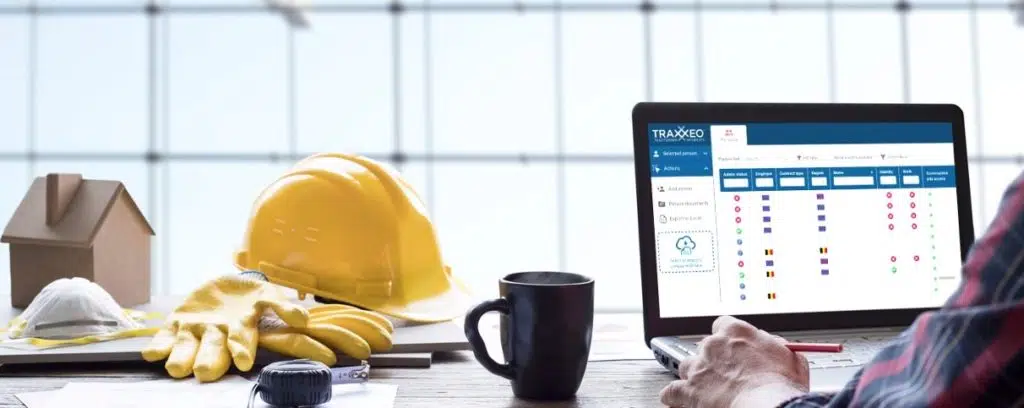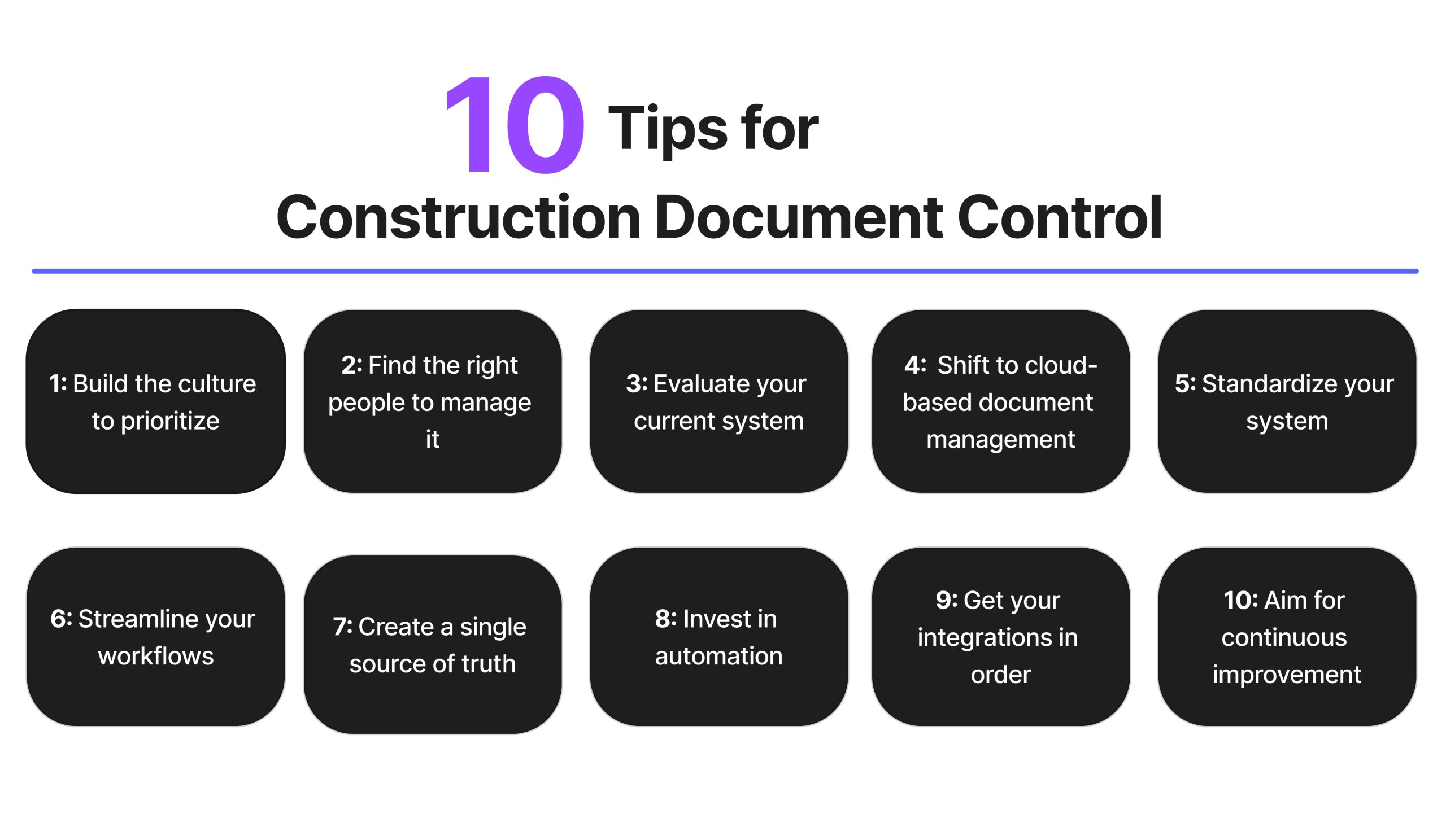From Mayhem to Control: Taking Advantage Of the Potential of Construction Document Management
From Mayhem to Control: Taking Advantage Of the Potential of Construction Document Management
Blog Article
Optimizing Job Partnership: Architect's Best Practices in Building And Construction Document Management
In the complex world of architectural projects, the reliable administration of building records stands as a keystone for success. Architects, with their thorough focus to detail and innovative layout services, are tasked with coordinating a harmony of sources, stakeholders, and timelines. In the middle of this intricacy lies a crucial question: just how can engineers improve collaboration processes to enhance job end results? By discovering vital methods such as leveraging cloud-based platforms, establishing durable communication methods, and ensuring data safety, engineers can elevate their document administration methods to brand-new elevations.
Leveraging Cloud-Based Platforms
By transitioning from typical paper-based systems to cloud solutions, designers can improve cooperation, enhance document ease of access, and boost general project performance. This availability promotes smooth communication and control among task stakeholders, leading to fewer mistakes and delays in the construction process.
Moreover, cloud-based systems supply a secure atmosphere for storing delicate project info, offering file encryption, regular back-ups, and user approval settings to secure information stability. Engineers can also take advantage of the scalability of cloud services, permitting them to adjust storage space capacity and performance based on job requirements. Overall, leveraging cloud-based platforms encourages designers to optimize their building and construction file monitoring procedures, driving higher collaboration, efficiency, and success in their tasks.
Applying Version Control Solution
Having actually developed the advantages of cloud-based systems in construction file administration, engineers can currently enhance their file control processes by carrying out Variation Control Systems. Version Control Solution (VCS) are crucial tools that track modifications in records, ensuring that team members are always collaborating with the current and most exact information. By executing VCS, designers can keep a centralized database where all project records are stored, allowing seamless partnership while minimizing the danger of mistakes and version conflicts.
This feature is specifically important in construction tasks where style iterations and alterations are typical. This transparency not just enhances accountability yet likewise assists in dealing with disputes or discrepancies that might develop during the project lifecycle.
Developing Interaction Methods
To ensure reliable and efficient task control, architects must develop clear and durable interaction methods within their construction document management processes. This system could be a project administration software application, e-mail threads, or cloud-based storage services.
Additionally, interaction methods need to additionally consist of standards on just how to manage problems, adjustment orders, and urgent issues that may develop throughout the project lifecycle. Developing an organized technique to communication makes sure that all stakeholders get on the same page, promotes transparency, and eventually adds to the effective completion of the building job.
Using BIM Software Application for Control
BIM software plays a pivotal role in improving sychronisation amongst task staff member in the construction industry. Building Details Modeling (BIM) promotes cooperation by offering a central system where engineers, designers, contractors, and other stakeholders can work together in a collaborated manner. Through BIM software program, project individuals can access and upgrade a shared model that contains detailed details regarding the building layout, building and construction components, and project timetables.

Furthermore, BIM software program allows real-time partnership and communication amongst group participants, no matter of their physical place. Through cloud-based BIM systems, job stakeholders can access the current job information, track changes, and make informed choices without delay. On see post the whole, leveraging BIM software application for coordination enhances task efficiency, productivity, and inevitably causes effective project end results.
Ensuring Information Protection and Conformity
In the world of building file monitoring, protecting data integrity and ensuring governing conformity are vital considerations for architects and various other task stakeholders. Designers need to carry out robust security measures to protect delicate job information from unapproved access or violations. Making use of protected cloud storage space options with encryption methods and access controls can aid reduce threats related to information theft or loss. Routinely upgrading software and systems, conducting security audits, and giving personnel training on information safety finest techniques are important steps link in preserving a safe setting for building and construction record monitoring.

Final Thought
In conclusion, designers can maximize job cooperation in construction paper management by leveraging cloud-based systems, applying version control systems, developing interaction protocols, making use of BIM software for sychronisation, and making certain data safety and compliance. These best methods aid streamline the building procedure, improve communication amongst task stakeholders, and enhance effectiveness in job delivery. By following these guidelines, designers can properly manage building records and help with successful job results.
Via BIM software, job participants can access and upgrade a my review here common model that includes thorough details about the building style, building elements, and task timetables.
With cloud-based BIM systems, task stakeholders can access the latest project information, track modifications, and make informed decisions quickly - construction document management. On the whole, leveraging BIM software program for coordination boosts task performance, productivity, and eventually leads to successful job results
In verdict, architects can optimize task cooperation in construction paper monitoring by leveraging cloud-based systems, applying version control systems, establishing interaction protocols, utilizing BIM software application for control, and making certain information safety and security and compliance. These ideal methods assist streamline the construction procedure, enhance communication amongst job stakeholders, and enhance efficiency in task distribution.
Report this page